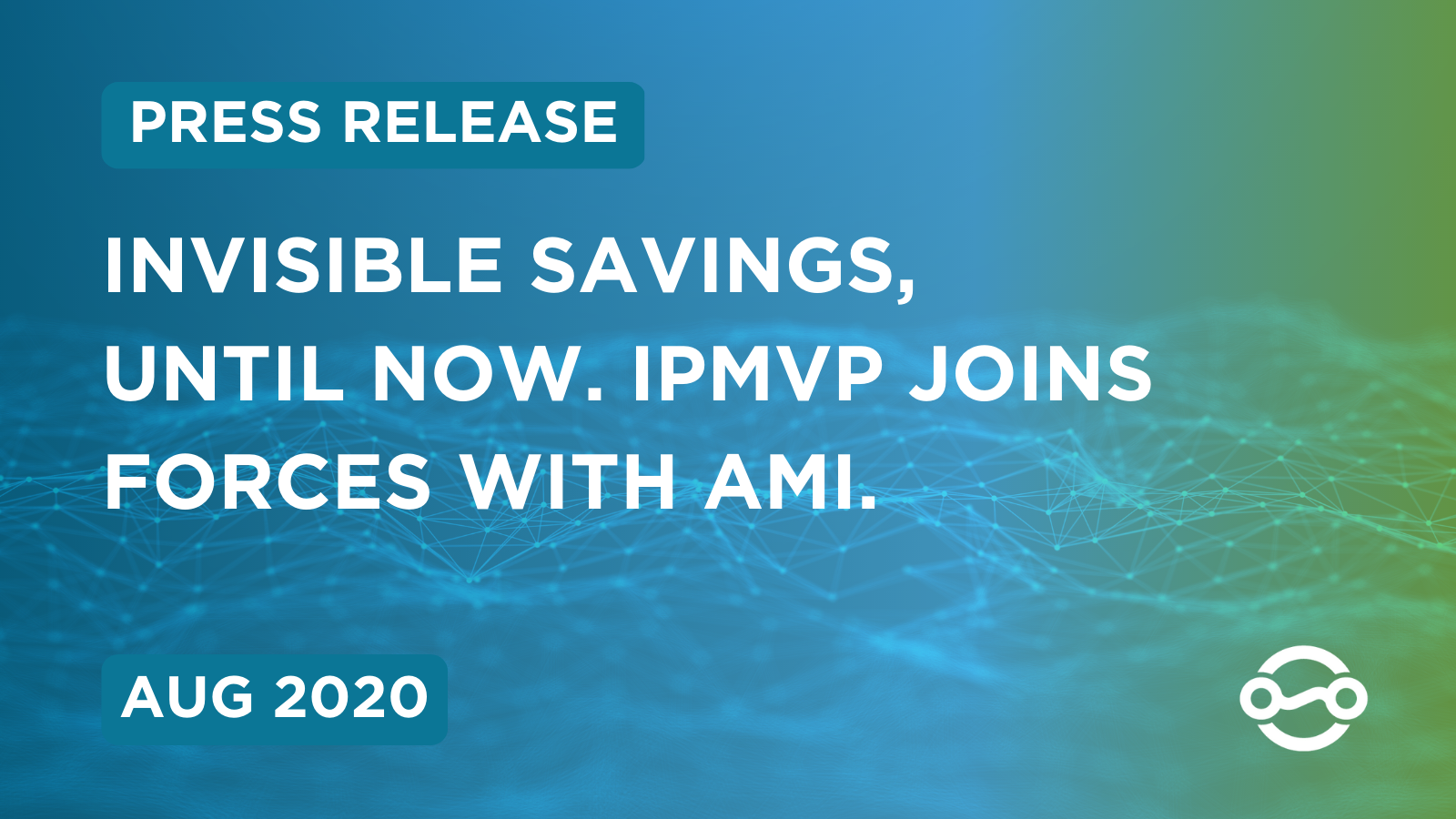
Invisible Savings, Until Now. IPMVP Joins Forces with AMI
In 2002, the second edition of the International Performance Measurement & Verification Protocol (IPMVP) said that whole building energy modeling, also known as Option C, should only be used for energy efficiency projects expecting to save greater than 10% of baseline consumption. However, the only data available for whole building modeling in 2002 was monthly billing data. Since 2007 AMI data has been revolutionizing the energy efficiency industry. IPMVP has kept pace with AMI deployment with regular updates, however, none are found by Googling IPMVP Option C. Through no fault of their own, utility programs across the US and Canada continue to default to the 2002 version of IPMVP when measuring savings using whole building modeling. High granularity AMI data (e.g. hourly or daily level data) enables IPMVP Option C to identify savings as low as 3% of facility consumption.
Having more programs use interval data enables energy efficiency programs to deploy cost-effective programs. EVO’s IPMVP Committee has stated they are currently working on providing more detailed guidelines for the next major revision upcoming in 2021. Among professionals supporting the next revision is Power TakeOff Senior Data Scientist, Anna Kelly. She sits on IPMVP’s Advanced M&V and Non-Routine Events Working Group, M&V 2.0 subcommittee and Application Guide Working Group.
When asked about her work with the IPMVP update, Kelly said: “The beautiful thing about IPMVP is that it’s a living document. With this impactful update we will enable professionals who are new to the industry to identify new ways to save energy without relying on the historic paradigm centered around capital projects.”
In a paper submitted to ACEEE by Anna Kelly and Craig Sinnamon, Detecting Savings Under 10% Using IPMVP Option C, analysis on 192 non-residential buildings found that daily and hourly modeling could identify savings as low as 3% facility consumption; with hourly data at an extremely low savings range of between 4-6%, and daily modeling performing equally well at 7% and higher. “By using granular data for whole building modeling, participants and implementers will have greater leeway to collaborate on small incremental changes; challenging the paradigm that energy efficiency only makes sense with high investment and expense.” Allowing projects using IPMVP to seek out projects and claim savings that are lower than 10% of whole facility consumption will open up an entire new segment of previously untouched energy savings. Power TakeOff has the capability and the expertise necessary to deliver these previously unclaimable energy savings at scale for any utility in the country.





